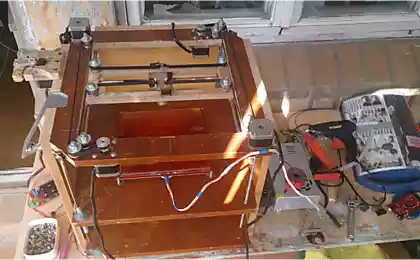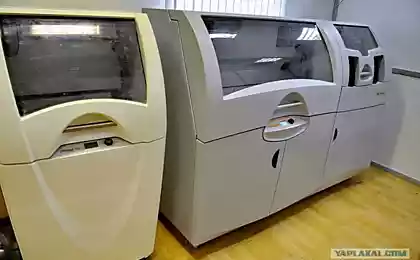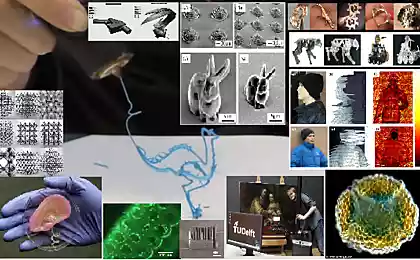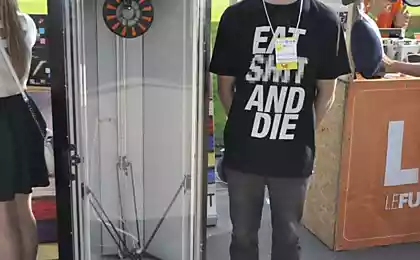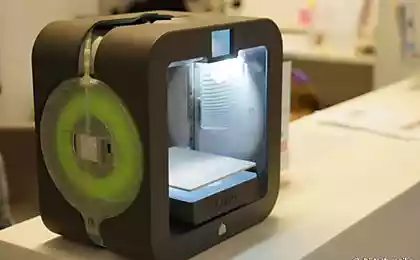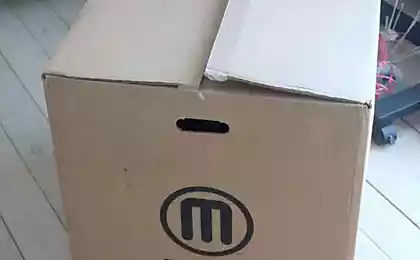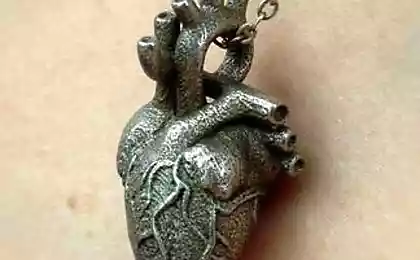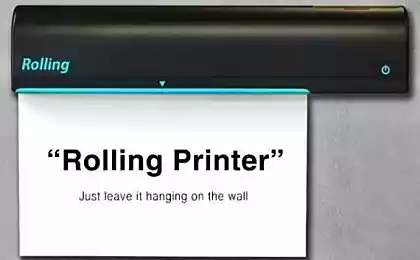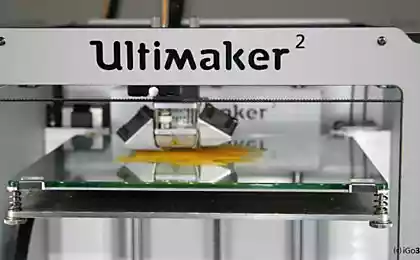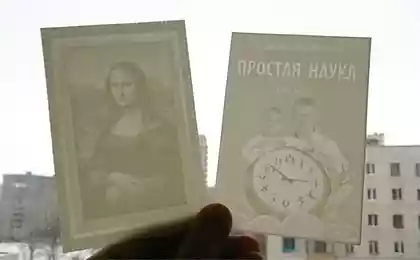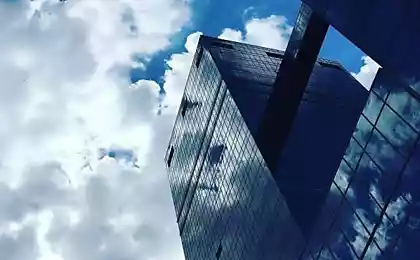969
3D-printer is red-hot glass

A fragment of a vase with printed color change glass during printing i>
The laboratory glass Massachusetts Institute of Technology (MIT Glass Lab) have developed the world's first machine that prints objects of arbitrary shape of an optically transparent glass. Process technology called G3DP allows you to adjust the transparency and color of the glass, the reflection coefficients and refraction. All this opens up opportunities for the production of a completely incredible items that can not be produced by conventional methods.
If we look at history, the first transparent glass samples obtained in Mesopotamia and ancient Egypt, about 4,500 years ago. Recipes manufacturing and processing of this unique material is kept in strict confidence. Now the glass products can be shaped through blowing, molding, sintering of the individual parts, and so on. D. The physical properties depend largely on the manufacturing method.
With the development of human civilization to invent new methods for manufacturing glass products. In the Roman Empire invented the metal tube for blowing glass, and in the industrial age - float process for the mass production of flat float glass in industrial scale. Each time such discoveries have led to the emergence of a myriad of new applications of the material.
Perhaps the new process technology, invented at MIT, also lead to new ways to use the glass.
// player.vimeo.com/video/136764796 video>
The platform is based on the concept G3DP double heating chamber. The upper chamber ("Kiln Cartridge" in the diagram) operates as a furnace temperature of about 1040 ° C and contains sufficient material to print even architectural components. The molten material is directed into a heat-resistant nozzle made of an alloy of aluminum oxide, zirconium dioxide and silicon dioxide. The lower chamber is designed for firing.

Scientific work ( pdf ) a complete description of the technical process will be published in the September issue of the journal 3D Printing and Additive Manufacturing & lt; / & gt; (Vol. 2, Issue 3), and samples of printed products will be shown at an exhibition at the Smithsonian Museum of Design in 2016.
i> The printing process and the finished product i>

i> The samples were printed articles i>





i>
Source: geektimes.ru/post/260658/
Artificial Intelligence - is good or evil genie?
The electric car from Aston Martin: 800 horses and 320 km on a single charge

